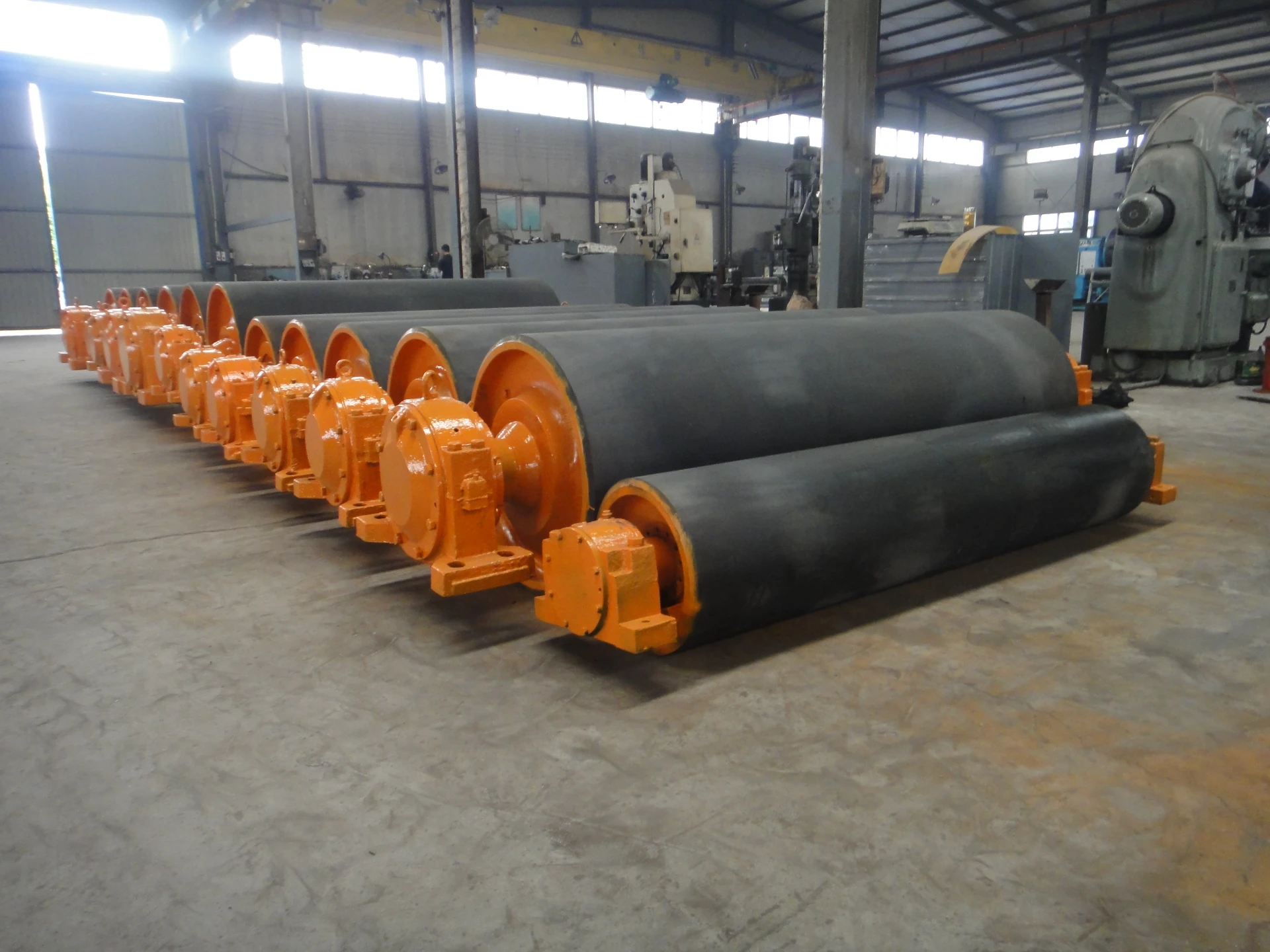 Afrikaans
Afrikaans  Albanian
Albanian  Amharic
Amharic  Arabic
Arabic  Armenian
Armenian  Azerbaijani
Azerbaijani  Basque
Basque  Belarusian
Belarusian  Bengali
Bengali  Bosnian
Bosnian  Bulgarian
Bulgarian  Catalan
Catalan  Cebuano
Cebuano  Corsican
Corsican  Croatian
Croatian  Czech
Czech  Danish
Danish  Dutch
Dutch  English
English  Esperanto
Esperanto  Estonian
Estonian  Finnish
Finnish  French
French  Frisian
Frisian  Galician
Galician  Georgian
Georgian  German
German  Greek
Greek  Gujarati
Gujarati  Haitian Creole
Haitian Creole  hausa
hausa  hawaiian
hawaiian  Hebrew
Hebrew  Hindi
Hindi  Miao
Miao  Hungarian
Hungarian  Icelandic
Icelandic  igbo
igbo  Indonesian
Indonesian  irish
irish  Italian
Italian  Japanese
Japanese  Javanese
Javanese  Kannada
Kannada  kazakh
kazakh  Khmer
Khmer  Rwandese
Rwandese  Korean
Korean  Kurdish
Kurdish  Kyrgyz
Kyrgyz  Lao
Lao  Latin
Latin  Latvian
Latvian  Lithuanian
Lithuanian  Luxembourgish
Luxembourgish  Macedonian
Macedonian  Malgashi
Malgashi  Malay
Malay  Malayalam
Malayalam  Maltese
Maltese  Maori
Maori  Marathi
Marathi  Mongolian
Mongolian  Myanmar
Myanmar  Nepali
Nepali  Norwegian
Norwegian  Norwegian
Norwegian  Occitan
Occitan  Pashto
Pashto  Persian
Persian  Polish
Polish  Portuguese
Portuguese  Punjabi
Punjabi  Romanian
Romanian  Russian
Russian  Samoan
Samoan  Scottish Gaelic
Scottish Gaelic  Serbian
Serbian  Sesotho
Sesotho  Shona
Shona  Sindhi
Sindhi  Sinhala
Sinhala  Slovak
Slovak  Slovenian
Slovenian  Somali
Somali  Spanish
Spanish  Sundanese
Sundanese  Swahili
Swahili  Swedish
Swedish  Tagalog
Tagalog  Tajik
Tajik  Tamil
Tamil  Tatar
Tatar  Telugu
Telugu  Thai
Thai  Turkish
Turkish  Turkmen
Turkmen  Ukrainian
Ukrainian  Urdu
Urdu  Uighur
Uighur  Uzbek
Uzbek  Vietnamese
Vietnamese  Welsh
Welsh  Bantu
Bantu  Yiddish
Yiddish  Yoruba
Yoruba  Zulu
Zulu Enhancing Pulley Performance with Rubber Lagging Techniques for Optimal Efficiency and Durability
Rubber Lagging Pulley Enhancing Conveyor Efficiency
In the modern industrial landscape, the efficiency and reliability of conveyor systems are crucial for productivity. One of the key components influencing the performance of these systems is the pulley. Among various types of pulleys, rubber lagging pulleys have gained significant attention due to their numerous advantages in enhancing the functionality of conveyor belts.
Rubber lagging refers to the process of covering a pulley with a layer of rubber material, which serves multiple purposes. The primary function of rubber lagging is to improve traction. When a conveyor belt wraps around a rubber-lagged pulley, the increased surface grip minimizes slippage. This reduction in slippage translates to higher efficiency in transferring materials, as the belt can maintain its grip under heavy loads or adverse conditions.
Moreover, rubber lagging plays a vital role in extending the lifespan of conveyor belts. The rubber layer acts as a protective barrier, reducing wear and tear that often occurs when the bare metal of the pulley comes into direct contact with the belt. This protective effect not only prolongs the life of the conveyor belt but also decreases maintenance costs, making rubber lagging a cost-effective solution for many industries.
rubber lagging pulley

In addition to traction and protection, rubber lagging also contributes to noise reduction. The elastic properties of rubber help to absorb vibrations, resulting in a quieter operational environment. This is particularly beneficial in industries where noise pollution is a concern, as it enhances workplace comfort and contributes to compliance with environmental regulations.
Another significant advantage of rubber lagging is its ability to provide better water and resistance to harsh environmental conditions. In industries such as mining, where dust, moisture, and extreme temperatures are prevalent, rubber lagging can withstand tough conditions without compromising performance. The resistance to corrosion and degradation allows for dependable operation in various applications.
Installation and maintenance of rubber lagging pulleys are relatively straightforward. They can be retrofitted to existing systems, allowing facilities to upgrade their conveyor systems without a complete overhaul. Over time, the durability of rubber lagging minimizes the frequency of replacements, creating a win-win scenario for operational efficiency and cost savings.
In summary, rubber lagging pulleys represent a vital component in optimizing conveyor system performance. Their capacity to enhance traction, protect conveyor belts, reduce noise, and withstand challenging environmental conditions makes them an indispensable asset in various industries, including mining, material handling, and manufacturing. As industries continue to evolve, the importance of efficient and reliable conveyor systems will only grow, further solidifying the role of rubber lagging pulleys in modern operations.
-
Revolutionizing Conveyor Reliability with Advanced Rubber Lagging PulleysNewsJul.22,2025
-
Powering Precision and Durability with Expert Manufacturers of Conveyor ComponentsNewsJul.22,2025
-
Optimizing Conveyor Systems with Advanced Conveyor AccessoriesNewsJul.22,2025
-
Maximize Conveyor Efficiency with Quality Conveyor Idler PulleysNewsJul.22,2025
-
Future-Proof Your Conveyor System with High-Performance Polyurethane RollerNewsJul.22,2025
-
Driving Efficiency Forward with Quality Idlers and RollersNewsJul.22,2025





























